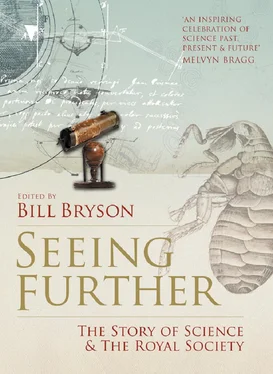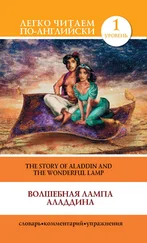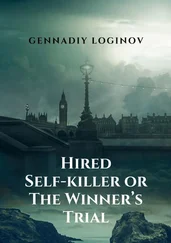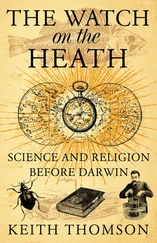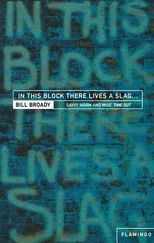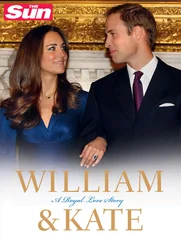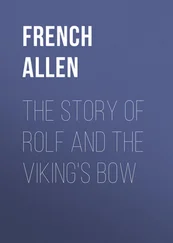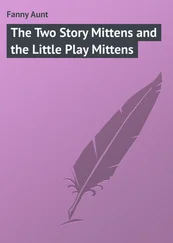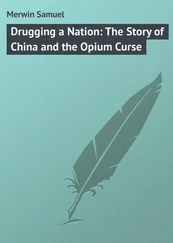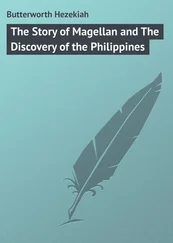Still, the discourse was liberating. ‘Their first purpose,’ said Thomas Sprat, writing his ‘history’ of the Society when it was barely fledged, ‘was no more, than onely the satisfaction of breathing a freer air, and of conversing in quiet one with another, without being ingag’d in the passions, and madness of that dismal Age’. The rules were clear: nothing about God; nothing about politics; nothing about ‘News (other than what concern’d our business of Philosophy)’. And what news was that? John Wallis specified, ‘as Physick, Anatomy, Geometry, Astronomy, Navigation, Statics, Mechanics, and Natural Experiments’.
James Long, newly admitted in April 1663, delivered the news, as the amanuensis reported in his minutes, ‘that there were ermines in England’. He promised to produce some. ‘He mentioned also, that bay-salt being thrown upon toads would kill them…he made mention likewise of a kind of stones with natural screws, and promised to show some of them.’
At the next meeting, Long talked about the generation of ants: they come out of pods full of eggs. He added that he had seen a maggot under a stag’s tongue; that land-newts are more noxious than water newts; and that toads become venomous in hot weather and in hot countries such as Italy. Croone mentioned that he had seen a viper with a young one in its belly, and Long added, ‘The female viper hath four teeth, two above and two below; but the male only two and those above.’ Hooke showed some new drawings he had made from observations with his microscope, including a spider with six eyes – lately he had been bringing something new to almost every meeting. Moray described a watch with particularly hard steel, which reminded Long that he had once seen a breast-piece so tough that a pistol bullet only dented it.
Long was a military man, having been first a captain and then colonel of horse in a Royalist regiment. John Aubrey describes him as a good swordsman and horseman and a devotee of ‘astrology, witchcraft and natural magic’. He does seem to have found him rather voluble – ‘an admirable extempore orator for a harangue’. They went hawking together, and what Aubrey recalled was that Long never stopped gabbing. He certainly found his voice at the Royal Society. The minute-taker sometimes sounds weary:
Col. Long having related divers considerable observations of his concerning insects…
…said, that an iron back in a chimney well heated, useth to make a noise like that of bell-metal.
…observed, that a bean cut into two or three pieces produces good beans.
…desired farther time to make his collection of insects for a present to the society.
…mentioned, that a lady had…
…related, that a cornet in Scotland…
…mentioned, that he had known wheat…
Until finally, ‘having discoursed of his opinion concerning the smut of corn, viz ., that it proceeds from the root, and not the mildew, [Long] was desired to give his discourse in writing’.
In these first years a great many animals were cut up, poisoned, or suffocated. ‘It is a most acceptable thing to hear their discourse, and see their experiments,’ wrote Samuel Pepys in his diary, and he seemed particularly drawn to experiments involving cats and dogs. ‘…And so out to Gresham College, and saw a cat killed with the Duke of Florence’s poyson, and saw it proved that the oyle of tobacco drawn by one of the Society do the same effect…I saw also an abortive child preserved in spirits of salt.’
…And anon to Gresham College, where, among other discourse, there was tried the great poyson of Maccassa upon a dogg, but it had no effect all the time we sat there.
Then to Gresham College, and there did see a kitling killed almost quite…
Chickens were ‘choked’ and fish were ‘gagged’. The members strangled dogs and dissected living cats. Not all had the stomach for these experiments. Robert Boyle did, and he took pride in this. ‘I have been so far from that effeminate squeamishness, that one of the philosophical treatises, for which I have been gathering experiments, is of the nature and use of dungs,’ he boasted. ‘I have not been so nice, as to decline dissecting dogs, wolves, fishes, and even rats and mice, with my own hands. Nor, when I am in my laboratory, do I scruple with them naked to handle lute and charcoal.’ The Society’s armoury of mechanical instruments was small in these early years, but one that proved endlessly useful was Boyle’s air pump, or ‘pneumatical engine’. Among the items placed in glass vessels, from which the air was then exhausted, were birds, mice, ducks, vipers, frogs, oysters and crawfish. Typical experiments would bring the creatures ‘to Deaths door’, whereupon the Society would observe gasping, vomiting and convulsions. Respiration held many mysteries; so did the circulation of the blood. An experiment could last for many hours or could end in seconds: ‘I have this to alledge,’ wrote Boyle, ‘that, having in the presence of some Virtuosi provided for the nonce a very small Receiver, wherein yet a Mouse could live sometime, if the Air were left in it, we were able to evacuate it in one suck, and by that advantage we were enabled, to the wonder of the Beholders, to kill the Animal in less than half a minute.’ The experimentation was not, for some time, organised or systematic; sometimes the wonder of the beholders was the chief result. The Philosophical Transactions served as a progenitor of Ripley’s Believe It or Not as well as the Physical Review.
‘There follow topsy-turvy without any order experiments of all sorts,’ wrote Goethe more than a century later, ‘news of happenings on earth and in the heavens.’ Goethe bore the Royal Society no small resentment, which he nursed by devotedly reading its history, as set down by both Thomas Sprat and Thomas Birch. He translated many pages of extracts, and he complained: ‘Everybody communicates what happens to be at hand, phenomena of Naturlehre, objects of Naturgeschichte, technical operations, everything appearing topsy-turvy without order. Many things quite insignificant, others interesting only in outward appearance, others merely curious, are accepted and given a place.’
It was not until late in 1671 that the members heard about a young Lincolnshire man, Isaac Newton, who had invented a new kind of telescope at least ten times more powerful, inch for inch, than any in existence.
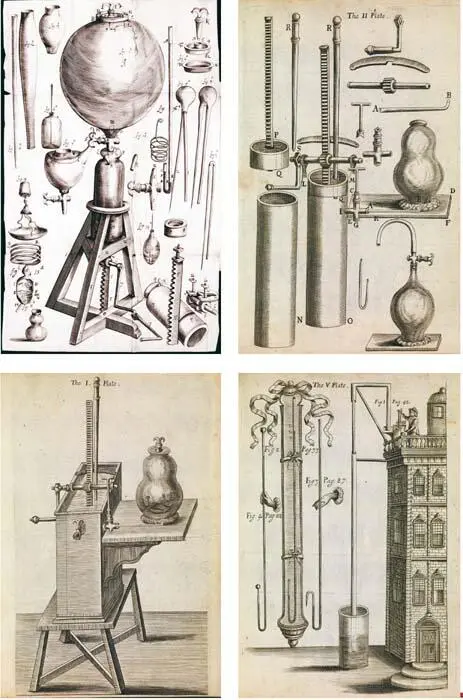
Engravings of Boyle’s air pumps. The top left engraving is from the backpiece to New Experiments: Physico-Mechanical, Touching the Spring of the Air, and its Effects, by Robert Boyle, 1660.
He had not sent it to them. He had made it in 1668 or 1669 in Cambridge, where he had just become the new Professor of Mathematics, but kept it mostly to himself. Cambridge being some distance from London, more than two years passed before the news, and then the telescope, reached the Royal Society. As they could see, it was not just a serious scientific advance but a technology with military application. They studied it and showed it to the King. Henry Oldenburg wrote to the twenty-nine-year-old on their behalf. ‘Sir,’ he began, ‘Your Ingenuity is the occasion of this addresse by a hand unknown to you…’ In short order they elected him a member, though none had yet met him.
For some time Newton had been reading the Society’s reports and taking careful note. News of a fiery mountain: ‘Batavia one afternone was covered with a black dust heavyer than gold which is thought came from an hill on Java Major supposed to burne.’ Lunar influence: ‘Oysters & Crabs are fat at the new moone & leane at the full.’ Now he wrote to Oldenburg at the only address he knew – ‘Mr Henry Oldenburge at his house about the middle of the old Palmail in St Jamses Fields in Westminster’ – and said he had news of his own. He advertised it enthusiastically: ‘…in my Judgment the oddest if not the most considerable detection which hath hitherto been made in the operations of Nature.’
Читать дальше
